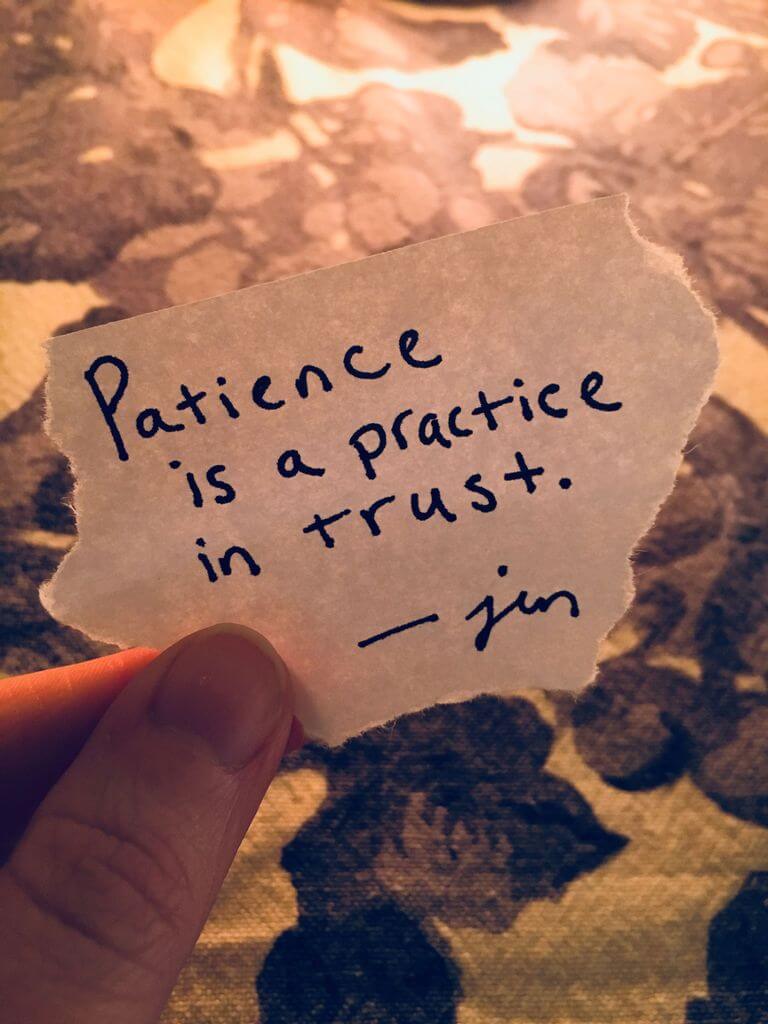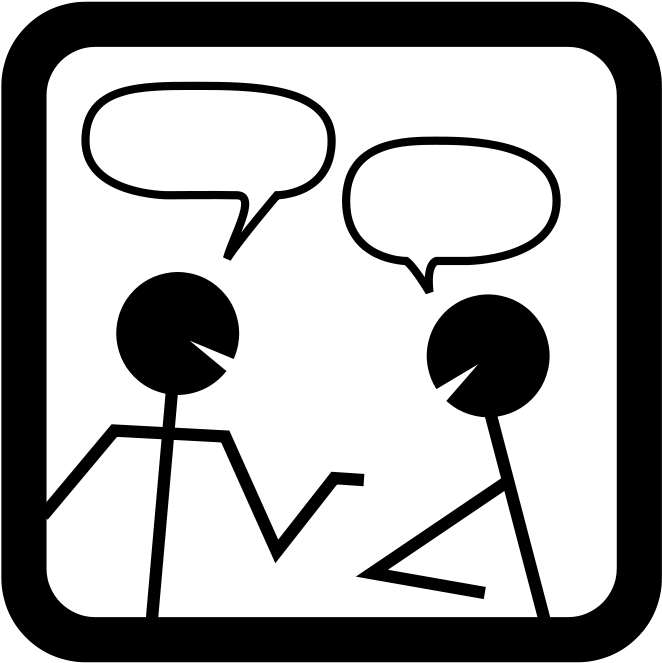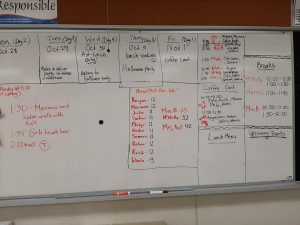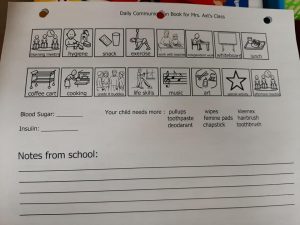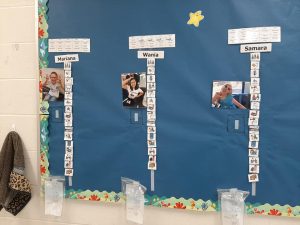I’ve often been described as a person with a lot of patience.
However, in my current role as a contained classroom teacher of 10 students with developmental disabilities, my patience has been tested over the past year and a half.
My students sometimes demonstrate their anger or frustration in aggressive or difficult ways. Other days, my students may forget things that they have mastered for months. Parents sometimes aggressively advocate for their students and yell at me because they are frustrated by the system that allows two year wait lists for things like occupational therapy or speech therapy. All of these things would test most people’s patience.
But that is not what has challenged my patience. I am finding that what I am most impatient with is myself. I’ve asked myself so many questions over the past 15 months on this amazing journey with my students. Why didn’t that approach work today? Why didn’t I handle that conversation differently? Why is the student feeling so angry today? Why? Why? Why? I’ve been really anxious about the speed at which problems have been resolved and how fast my students have settled into their new school.
What I wish is that when all of those self doubts and impatience started to bubble up in September 2018 when I began this class, I could read what I am about to write now 15 months later…
It will all come together. Trust yourself and your skills. You will find a rhythm among your team that address the needs of your students. You will be able to anticipate your student’s stressors and know how to calm and reassure them. You will be able to anticipate the needs of parents and have built such a trusting relationship where they know that you are advocating for their children just as hard as they are. The student that is screaming 8 hours a day at school, just needs a couple of months to adjust to all the new people in his life. The student who has challenges around self regulation will be able to use a calming space regularly to help him stay safe at school.
What I didn’t realize at the beginning of this journey was how much time many of these things would take. All of these changes took many school days of an incredibly committed and reflective team. It also took a lot of humility to admit when I needed assistance. But most of all, it has taken a lot of patience with myself to allow the time needed to build relationships and to really get to know all of the awesome things about my fantastic students.

